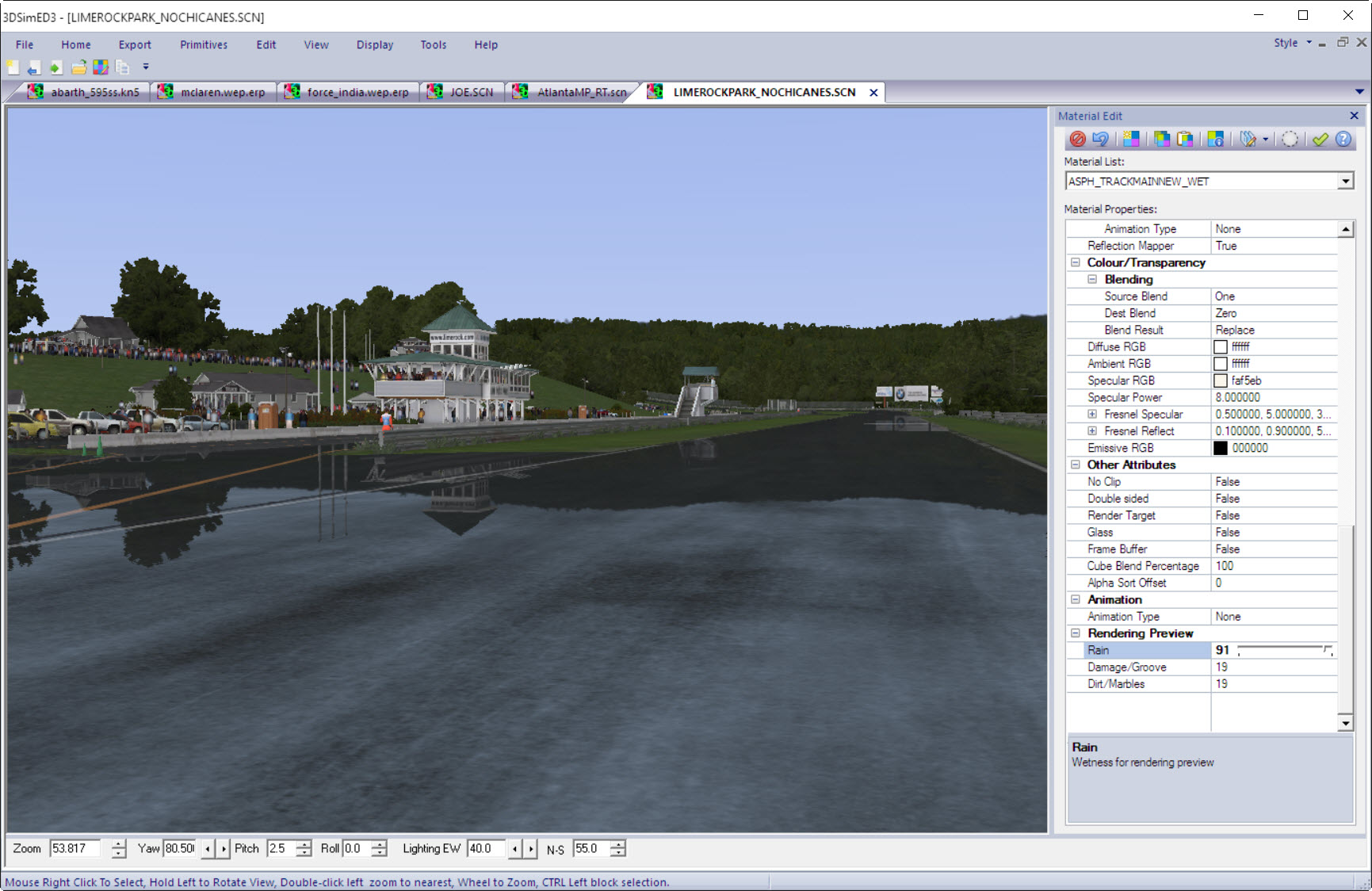

- #3dsimed all registry entries install
- #3dsimed all registry entries pro
- #3dsimed all registry entries windows
First, unsurprisingly InCtrl5 will need to be run in compatibility mode for Windows Vista, 7 or 8. There are one or two issues with it though which require a bit of knowledge to use the program effectively. InCtrl5 is an incredibly old tool dating way back to the year 2000 but some users may have heard or used it before, and it can still do a job with a little bit of effort. The differences between the 2 snapshots can be saved as a text file.
#3dsimed all registry entries install
The way SpyMe Tools works is slightly awkward because you have to click the Scan button and save the snapshot, install or run the software to track, then click the Scan button again and save another snapshot with a different name.īoth are then tested for changes using the Compare button and the results will show in the window.
#3dsimed all registry entries pro
Like InstallWatch Pro the interface looks a lot like Explorer so you should feel at home navigating around. It does have one drawback though because there is only the facility to snapshot either files or registry, not both together, changeable in the Current Mode option on the toolbar. SpyMe Tools is a quite an old program but is still perfectly capable at creating before and after snapshots to watch an install or software for changes. This utility has something the others in the list don’t which is a function to monitor a drive or folder in real time for file changes and could prove a useful addition when doing a bit of troubleshooting. All installs are instantly accessible from the tree view and there is also a useful search function. The result can then be browsed or individual sections can be exported to text or HTML. While the program is running it will detect if you run a setup installer and ask to create a before snapshot, or you can simply click the Snapshot button on the toolbar.Īfter install, it will ask to create the after snapshot or you can use the Analyze button. The good thing about InstallWatch is the easy to read way in which the results are displayed because it behaves just like a standard Explorer window with an expanding tree view of the sections on the left. The program is quite detailed in what it can track and includes additions, deletions, or modifications to files and directories, INI files and the system registry. InstallWatch Pro is quite an old utility which works in a similar way to RegShot in that it tracks any changes made to your registry and files between 2 given points in time although this program is more specifically designed for tracking installs. The original Regshot is still very slowly being developed and there is a recent beta with separate 32 / 64-bit and ANSI / Unicode versions that can be found at SourceForge. After comparing the differences in the 1st and 2nd shots, it will open an HTML log in your browser listing all the detected changes.īeing only a few hundred KB and portable, Regshot is an extremely valuable tool to have around. Simply create the 1st shot, install the software or run the program you want to watch, and then press 2nd shot. Regshot is very much a “hands on” utility and is more for experienced or advanced users to quickly check for system changes between two different points in time.

This version also added the Connect to remote registry option. Only the Windows folder is entered into the list of watched folders so you have to enter any others yourself through the Folders tab.

Also in the more recent unicode version it’s gained the ability to monitor for file changes using CRC32 and MD5 file checksums although this function is turned off by default and you have to go to File -> Options -> Common Options -> and tick “Check files in the specified folders” to enable it. Regshot is a long running utility that can quickly take a before and after snapshot of the system registry. Here’s a selection of 7 tools that can track what file and registry changes are made during a software install by creating and then comparing before and after snapshots of your system, all were tested on Windows 7. One way to find out yourself what is getting added to your system during a software install is to actually check the state of your system before the installation, and then check again afterwards to see what has changed. Depending on the program and how good the uninstaller is, this could range from one or two innocuous registry keys right up to hundreds of keys and several Megabytes of leftover files. Most of the time there is useless data left over which should have been removed because the uninstaller maybe is corrupted or even badly programmed. And when you want to uninstall the software it should but doesn’t always remove everything that was added in the first place. Usually when software gets installed onto your computer, it copies the needed files and registry entries onto the system for the program to function properly.


 0 kommentar(er)
0 kommentar(er)
